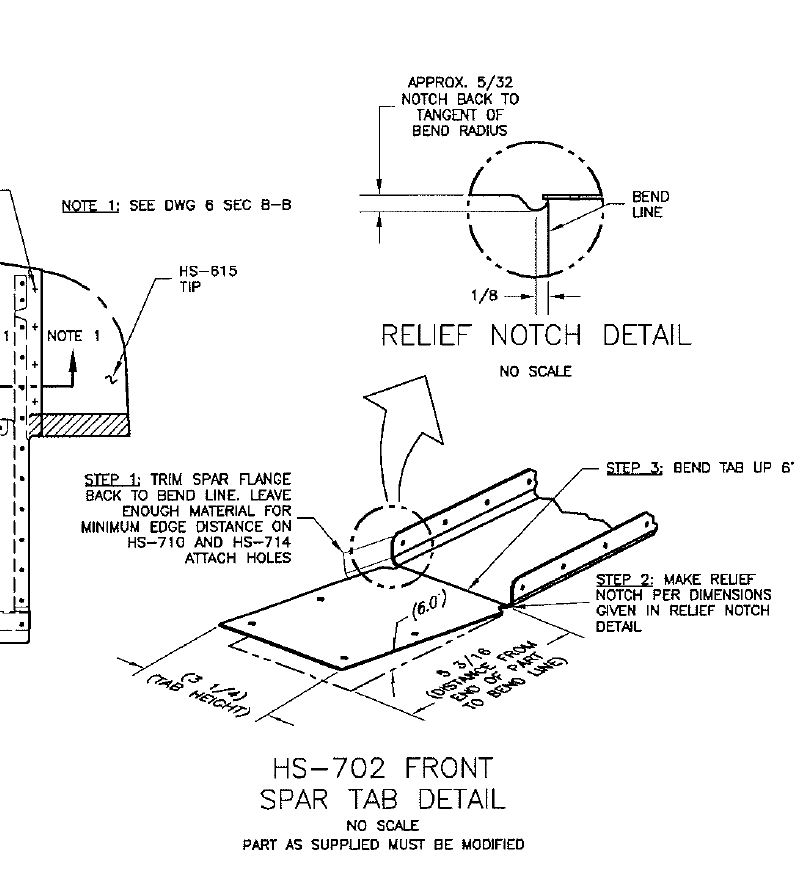While all of this makes sense, that is a whole lot of assuming.
There are many high time, hard ridden aircraft that have no cracks....
Is it design, fabrication, use, nobody knows for sure yet....we may never know... How do you know the "real" fix, will fix whatever it is. Makes sense that it would and I trust Van's engineers, but, until the cause is fully known, I would not rule any fix "in our out." Everything about why these cracks are occurring is conjecture at this point.
Not necessarily Jon...
I agree that there has been a lot of conjecture here on VAF, but that doesn't mean the development of the modification was based on that.
A detailed CAD model and FEA (Finite Element Analysis) was done on the Horizontal Stab. after the problem was detected. The mod. was developed based on those results, and the knowledge that people will have to be able to successfully install it as a retrofit.
Couple other comments based on posts I have seen.
Yes, removal of the rivets will require some care. If the proper process is used, risk of hole damage is greatly reduced (I can't say avoided, because there is still some level of skills involved) Note I said removal of rivets... not drilling out rivets. They are not the same thing. If anyone attempts to do the mod by simple drilling out the rivets, it probably will not produce a good result. Refer to the Recently updated Section 5 of the Construction Manual for guidance.
Some have said they figure building a new stab would be easier.
I think it would be probably double the work time (assuming an already removed one getting the mod installed). One thing to consider before doing this... The bolt connections that attach the stab to the fuselage are just as important as any of the rivets that need to be removed are. Do you know for certain that when you drilled those holes, they were drilled exactly perpendicular to the parts involved. Are you confident, that you can accurately match drill, from below (in a very limited work space), to have a good close clearance fit between the fuselage and the new stabilizer?
I am not saying it can't be done. I have done it, and others have also. What I do think is that it has a higher level of risk than installing the mod on a finished stab. If people take their time removing the rivets (NOT drilling them out), I believe they can be successful (owners that did not build the airplane, I recommend they get assistance from someone who is).







